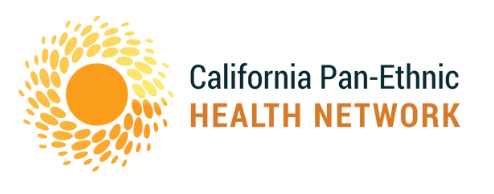Last Wednesday, our mornings were punctured by the news of yet another mass shooting underway, this time on the University of California-Los Angeles campus. Two members of our staff were on campus at the time. On that very same day, gun violence elsewhere in Los Angeles County claimed at least six more lives, and forever changed many more, though these deaths in neighborhoods just miles from the UCLA campus did not receive the same level of media attention.
All these events matter terribly. We’ve sadly come to expect this discrepancy in mainstream news coverage, which downplays the trauma faced by communities most impacted by violence, and the conditions that engender that violence. But this weekend, NBC Bay Area aired a remarkable segment that explored the widening gulf between the “two Oaklands,” one shaped by economic opportunity and the other by a lack of opportunity, and showed the implications of this divide when it comes to safety and resilience. Rather than viewing incidents of violence in isolation, this powerful piece of reporting examined the broader context of violence.
PI board member and partner in our violence and trauma work, Dr. Howard Pinderhughes, was interviewed for the segment, and elaborated on the community conditions that affect safety: “You have highly impacted poor communities, where businesses have left, where government has essentially pulled out, and where you’ve had large-scale public and private disinvestment …”
Oakland Mayor Libby Schaff closed the piece by reiterating her administration’s commitment to pursuing a public health approach to preventing violence, one which involves many sectors, including education, government, health, and business. This is a conversation we need to keep having, in the media and beyond, in order to break down our society’s destructive norms around violence– norms that allow us to view violence against some people and within some communities as too normal and acceptable to mourn, or to challenge.
In the wake of grief and trauma, it’s easy to lose sight of the big picture: that violence is preventable, not inevitable, that we know the factors that truly determine whether our communities will be safe or unsafe. We need to reiterate this message to value health and safety in all communities equally, and to take steps to transform the community conditions that engender violence.
